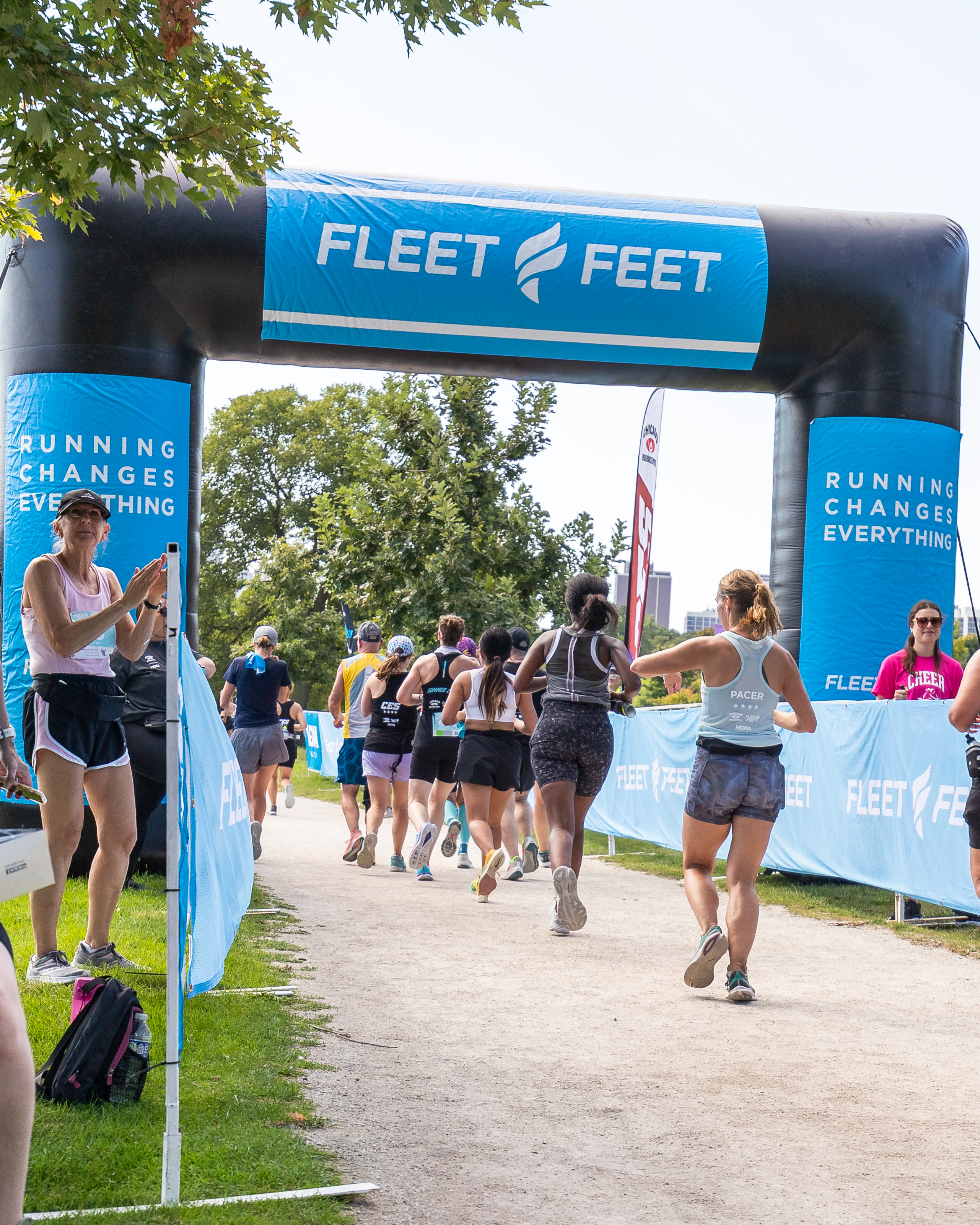Blog: When to Replace Your Running Shoes During Marathon Training
As a dedicated runner, you understand the importance of having a reliable pair of running shoes. Your shoes are your closest companions during your marathon training block, providing support, cushioning, and protection for your feet and legs. However, running shoes have a limited lifespan, and using them beyond their prime can lead to discomfort, injuries, and decreased performance. In this blog, we will discuss when to replace your running shoes during a marathon training block in order to make sure you have optimal support and performance throughout your training journey.

1.) The General Rule: 300-500 Miles: The mileage-based approach is a commonly recommended guideline for replacing running shoes. Most running shoes are designed to provide optimal cushioning and support for approximately 300-500 miles of running. However, this can vary depending on various factors, such as your running style, body weight, surface type, and shoe construction.
2.) Signs of Wear and Tear: While adhering to the mileage guideline is helpful, it's equally important to pay attention to the physical condition of your shoes. Here are some signs that indicate it may be time to replace them:
a. Outsole Wear: Check the outsole, specifically the treads, for excessive wear. If the treads have worn down significantly, it can affect traction and stability, increasing the risk of slips and falls.
b. Midsole Compression: The midsole of your running shoes is responsible for providing cushioning and shock absorption. Over time, the foam in the midsole compresses, resulting in reduced support. If you notice a loss of cushioning or feel that the midsole has become less responsive, it may be a sign to replace your shoes.
c. Upper Degradation: Inspect the upper portion of your shoes for any signs of tearing, fraying, or stretching. If the upper shows significant wear or has become loose, it can lead to reduced stability and an increased likelihood of blisters.
3.) Listen to Your Body: Apart from visual cues, paying attention to your body is essential in determining when to replace your running shoes. If you start experiencing persistent pain or discomfort in your feet, ankles, knees, or hips, it could be a sign that your shoes are no longer providing adequate support. Don't ignore these signals and consider replacing your shoes to prevent further injury.
4.) Transitioning to New Shoes: When you decide to replace your running shoes, it's essential to transition gradually into the new pair. Abruptly switching to a different shoe model or brand can lead to discomfort and potential injuries. Allow your feet and body to adapt by gradually introducing the new shoes into your training routine. We recommend getting a new pair of shoes 4 - 6 weeks before your race day and alternating them with the older pair while breaking them in,
During your marathon training block, your running shoes are a crucial tool for your success. By following these guidelines, you can maximizeyour comfort, performance, and reducing the risk of injuries. Remember, each runner is unique, so pay attention to your individual needs and listen to your body to make informed decisions regarding shoe replacement. Happy running!
Connect With Us
See the latest from Fleet Feet Chicago